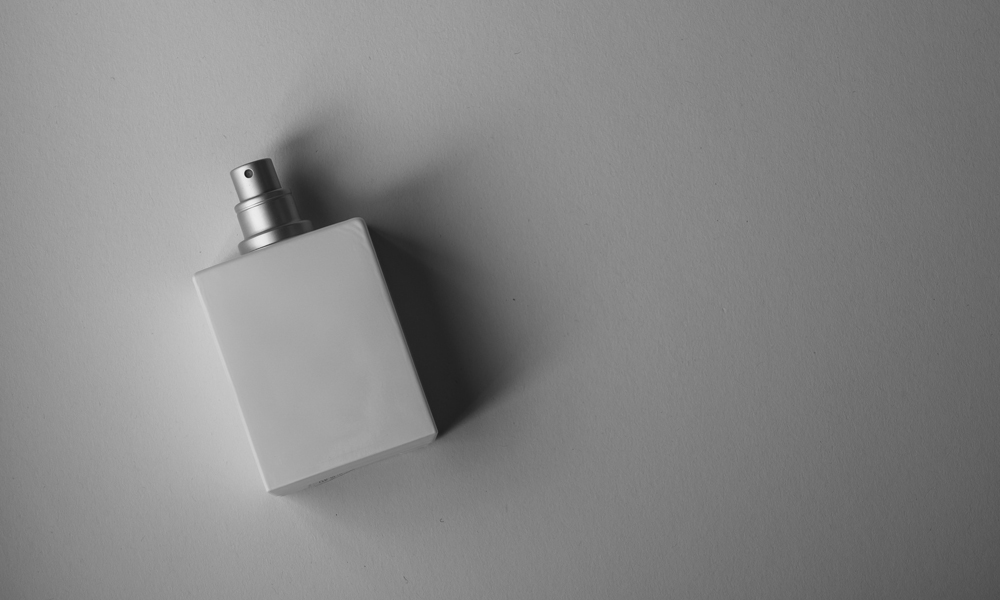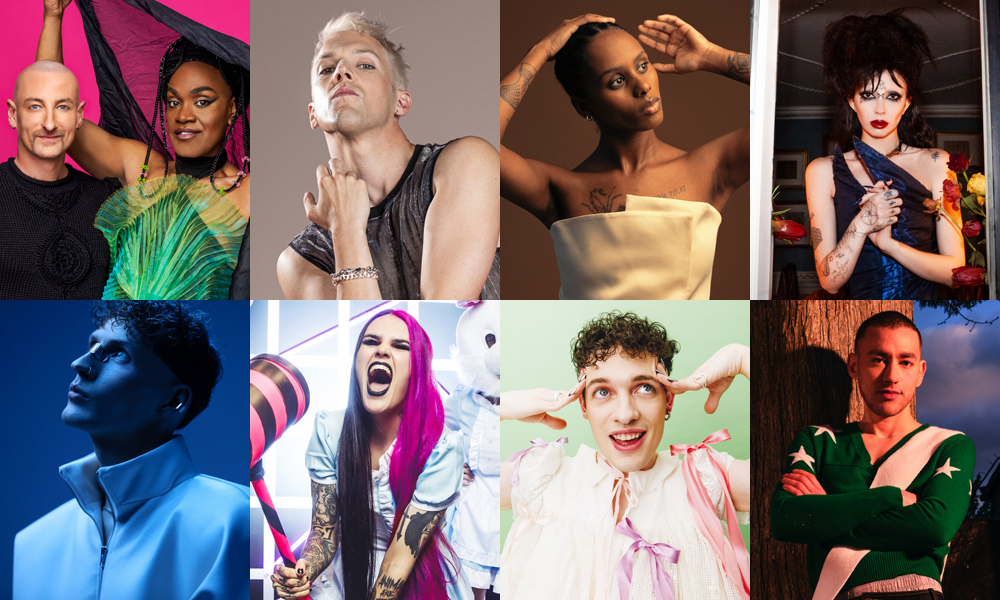Arts funding in particular tends to warp what it means to be LGBTQ+…
Ever since cultural institutions started taking equity more seriously, they’ve devoted a great amount of attention to uplifting the voices of LGBTQ artists. Grants are earmarked for queer projects; curators seek out queer voices; preferential treatment is given on the basis of gender and sexuality. For obvious reasons, this has often been a good thing. At the same time, these equity initiatives can distort how LGBTQ people craft their own identity. The push for inclusivity and diversity can, ironically, achieve the opposite effect. This is a particular risk when equity initiatives cultivate a victimhood mindset, subtly coercing LGBTQ people to infantilize themselves as perpetual victims, stultifying their voices by rewarding artists not for their merit, but for their ability to exploit narratives of oppression.
Arts funding warps LGBTQ identities by incentivizing community members to see themselves primarily through the lens of their gender and sexuality. Every time an artist applies for a grant or project and is asked, somewhat obsessively, to tick themselves off on the oppression checklist, it serves as a reminder that this identity is considered essential to who they are. They never get to be just an artist – they are seen, from the outset, as a gayartist making gay art. This kind of identity reduction wouldn’t be such a big deal if there were no stakes involved. However, funding and opportunities are often allocated based on marginalization. That creates a strong financial and professional incentive for artists to play up their own marginalized identities, regardless of how they authentically feel about these identities in their own lives. In this faustian bargain, they are paid to perform victimhood.
Understanding how this works requires a little understanding of the broader context of things. Since the Civil Rights era, many Western institutions have had to reckon with their roles in perpetuating social oppression. Universities have had to introspect on how their systems have excluded the racialized. Legal systems have had to contend with their history of muting women’s voices. Museums have had to unbury queerness. The examples are limitless – but, regardless of specifics, broadly speaking the effects on these institutions have largely been the same: a profound loss of moral authority and, with it, an enduring sense of illegitimacy.
This loss of moral authority is one of the main reasons why institutions have invested a dizzying amount of work into rectifying past wrongs. It’s good, of course, to correct past injustices and uplift the excluded. Restorative justice is important. Yet, at the same time, this search for moral authority can have unintended consequences. Chafing under the weight of their pasts, institutions have a strong incentive to infantilize the marginalized rather than empower them.
When institutions are preoccupied with washing away historical guilt, they’re prone to manufacture victims in need of saving – the more pitiful the victim, the easier it is to play the role of the saviour. The pitifulness of the victim necessitates the enlightened generosity of the former oppressors, and, in this way, institutions ironically continue to monopolize power, because the marginalized, rather than being vested with autonomy and dignity, are instead turned into a community of invalids waiting to be taken care of. It’s not so different from a co-dependent romantic relationship, where one side quietly enjoys playing caretaker and so enables, even encourages, fragility in the other side.
Perhaps this is why arts institutions are so preoccupied with not only reducing LGBTQ people to their orientation and gender, but pressuring them to express themselves in a way that centres on grievance and struggle. The goal for the institutions is not authentic empowerment, but the perpetuation of the victim-patron relationship. Through amplifying historical injustices, cultural institutions are better able to manage their guilt, developing a system in which they’ve elongated the process of restorative justice so they can better latch onto it. They have the comfort of knowing that they are helping now – their guilt is assuaged. As a result, the easiest way to move up in the arts world is to be an angry queer – to monologue about how oppressed you are, to highlight the supposed transgressiveness of your existence. In contrast, a kind of queerness that is more forward-thinking and proud, and that refuses the shackles of victimhood culture, would be inconvenient. It would make institutional participation in justice superfluous, implying that, when it comes to making easy amends for past wrongs, the window has closed for them.
It should be made clear that centring queerness in one’s life is something that comes naturally to many community members, who don’t mind defining themselves in this way. It can be an organic thing, and in many cases it has its uses. For some, to define oneself according to grievance can feel empowering. However, many LGBTQ people see their queerness as incidental to who they are – just one trait among many – or, if they do centre queerness within their identity, they do so with less fixation on rage. The art world can be uncomfortable for this faction. Their access to the art world requires that they restructure their sense of self. They’re pressured to make themselves artificially queer and artificially angry, to eclipse the fullness of their own humanity so that they can advance their careers. Wanting to see themselves as more than victims, they’re nonetheless forced to perform the theatrics of victimhood at the threat of exclusion.
Not only is the system unfair to these people as individuals, restricting their ability to define their identities in their own terms, but at the macro level it warps LGBTQ culture as a whole by narrowing the spectrum of queer representation, all while burdening the LGBTQ community within an unhealthy persecution complex.
This not only alters the character of LGBTQ culture, but also its quality. In the current art landscape, oppression is a kind of privilege. It is moral and social capital that can be traded in for money and professional opportunity. This isn’t often discussed because conversations about oppression tend to ignore the fact that power is context-sensitive – an identity can be marginalized as a whole, while being an asset within a specific subset of society. It’s good luck to be gay in the arts, to be honest. Hence it’s no surprise that in the culture sector, artists enthusiastically reduce themselves to their identities. So many artist bios are written the same way – parading around queerness like a trophy, showcasing this moral capital in the hope that it will open doors. It’s a little tragic. Past generations fought to give us the freedom to be more than just queer, to be full-fledged individuals, and yet we’ve been bribed into locking ourselves back inside these identities, and, worse yet, have been told that this is somehow liberating.
As is often the case, privilege can lead to laziness and decline. When artists are generously rewarded for exploiting institutional guilt, rather than relying on artistic merit, the result is often bad art. I’m not going to name names, but there’s no shortage of bad art that is funded specifically because it is queer. It is the kind of art that lacks any sort of individuality and vision, has nothing to say beyond complaining about social grievances, articulated using paint-by-numbers rhetoric and repetitive tropes. So many queer artists sound exactly the same. Sometimes the art world pokes fun at it. There’s a joke within the gay community about a photographer posting a photo series that “interrogates gender” – in the end, it’s just him and a few otter friends coming together for another thirst trap while wearing nail polish. The crux of the joke is that the appeal to social justice nakedly tries to puff up work that is banal and uninspired.
I am, undoubtedly, a hypocrite for condemning this kind of thing. As an LGBTQ artist, I’ve made the faustian bargain of inflating my gayness in exchange for money and opportunities. I’ve played that card. It’s frustrating, of course, to prostitute your identity this way, and to know that opportunities are given as an act of generosity rooted in guilt-management, rather than earned through merit. I once stood on a podium, talking about my work to over 10,000 people. Later, I learned that, as I’d suspected, I’d been chosen partially because I was gay. My pride dulled. Was I just a fag in the end, put on a stage to showcase how being a fag didn’t matter anymore? A part of me felt like a circus monkey – but another, more strategic part whispered, “But what would you have preferred – to not be on that stage?”
In a competitive world, you do what you have to do to pay the rent. The system is inescapable. You can resent it, and that resentment preserves your integrity, marks these compromises as just that: a compromise, externally imposed, unassimilated into one’s own soul. You’re still you, in the end. Then you look around you, at other artists for whom queerness is everything, who speak a copy-paste vernacular: who are they?
This kind of analysis – the relationship between institutional guilt and the cultivation of victimhood culture – applies to a broad array of contexts. It was, in fact, first pioneered by Black conservative thinkers, who saw the oceans of white guilt in the post-Civil Rights era and wondered who that guilt served. Did white guilt support Black excellence? In their view it didn’t, and instead stultified Black communities, positioning them as eternal victims, stripped of agency, perpetually awaiting the enlightened generosity of white saviours. Rather than succumb to patronization, their preference was for self-reliance, autonomy and individualism – to force open the doors of fortune, rather than be invited in on a leash.
The LGBTQ intelligentsia is much newer than the Black intelligentsia. Queerness, as an organized canon of theory, has been around for only a few decades, whereas Black-led interrogations of race have been around for centuries. Race theory has had time to flourish into a myriad of traditions, while queer theory is in its adolescence. Consequently, there is no queer analogue to Black conservative ideas. When it comes to interrogating how, within the LGBTQ community, institutional guilt and victimhood culture go hand in hand, there is a gaping hole.
More recently, Black conservative views seem to be mirrored by some Black artists, who have grown tired of always being asked to be Blackartists who create Black art, telling Black stories that inevitably focus on pain rather than excellence. Those particular artists yearn to be seen as individuals. Looking at the LGBTQ art world, drunk with easy funding and obsessively queer, I wonder: when will they yearn for the same?
—
ADAM ZIVO is a Toronto-based social entrepreneur, photographer and analyst best known for founding the LoveisLoveisLove campaign.
tomag/docs/in_magazine_may_june_2021?fr=sNDQ0YTIxNzAwODQ” target=”_blank” rel=”noopener noreferrer”>






POST A COMMENT